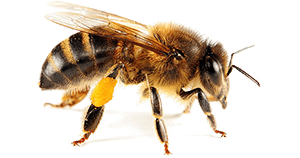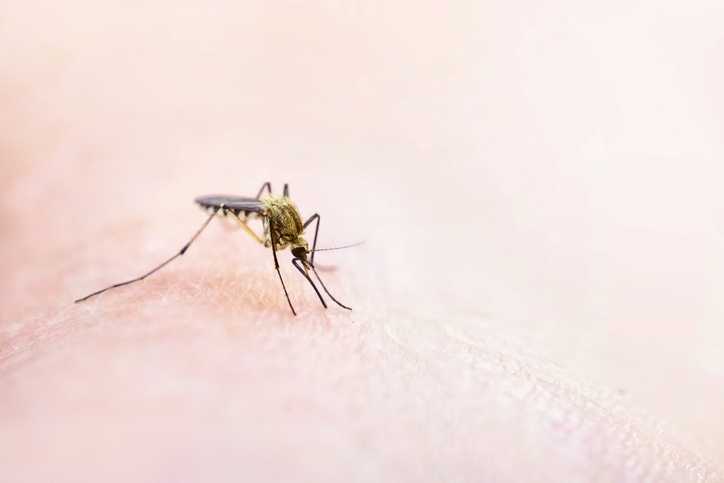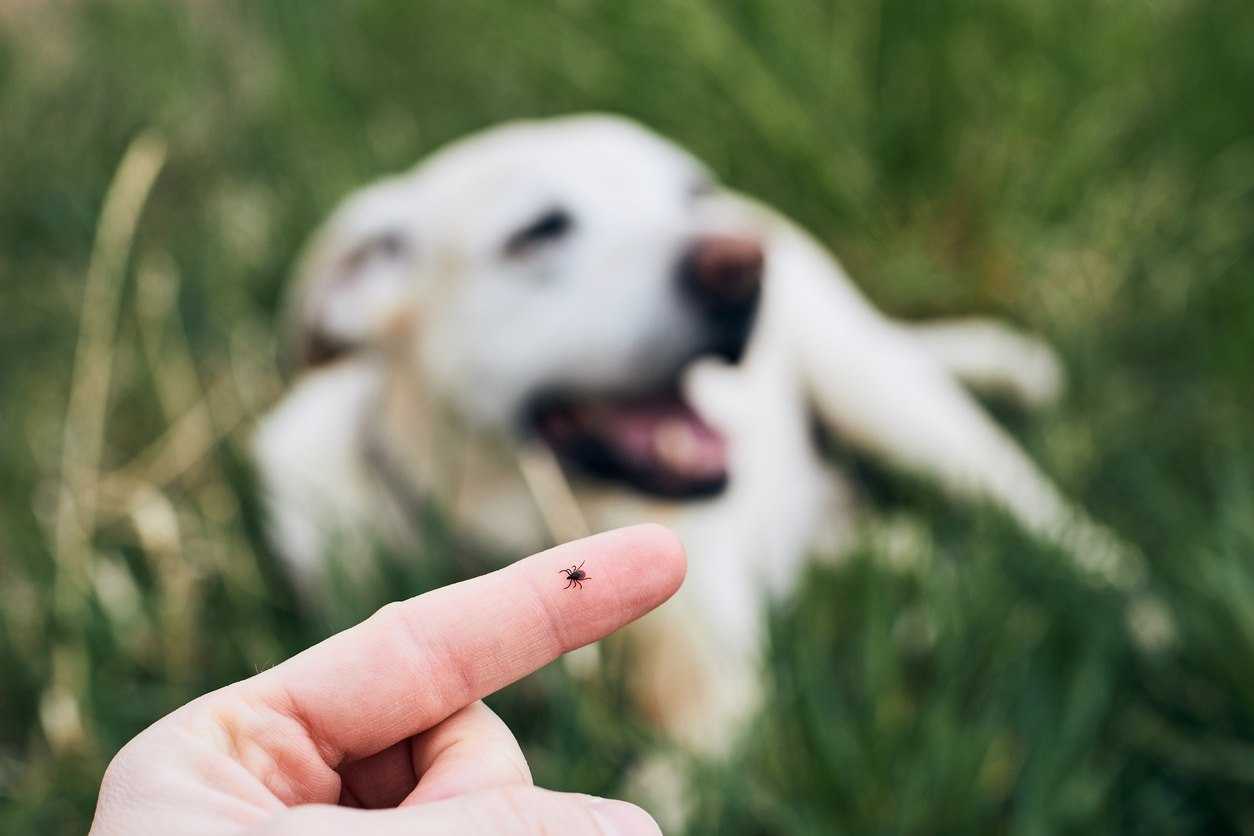Bees
"*" indicates required fields
Bees
Treatments for this pest are included in these services:
There are nearly 20,000 different species of bees in the world, with each playing an essential role in our ecosystems thanks to their jobs as plant pollinators. Almost 90% of wild plants and 75% of leading global crops depend on animal pollination, making bees critical to sustaining our way of life. Bees mostly feed on both nectar and pollen, making gardens or areas with high levels of plant life a popular spot for them to congregate.
Although bees have stingers, they typically only use them when they perceive danger to themselves or their hives. Bee stings may not cause much physical pain, but people may have allergic reactions to them that can prove deadly. Because of this, it is a good idea to keep the bee population under control near your home.
How to Identify Bees
In the United States, the most common species of bees include the honey bee, bumblebees, and sweat bees. These types as a whole can be as small as 1/10 of an inch long or grow to be as large as an inch and a half in length. Many bees are brown or tan in color, but yellow and black markings are also common.
Closely related to wasps, bees can be distinguished by their plumper, furry appearance. Wasps can usually sting freely—but for some species of bees, the stinger is barbed and will be ripped out when they sting, causing them to die.
Bees, especially honey bees, are generally social creatures and live in large colonies or hives that can have anywhere between 20,000 and 80,000 workers. While some bees nest in elaborate tunnels underground, others prefer to build their hives high up in trees or along the roof of homes or other structures.
How to Prevent Bee Problems
When bees begin to create their colony, it can be difficult to stop them. Bees look for holes that are a quarter of an inch or larger to begin forming their hive, so you will want to check the exterior of your home and fill or cover these entry points with durable materials like caulk or metal. You will want to do this early on in the bee-swarming season, which typically runs from mid-March until July, as bees can swarm quickly when they find a suitable nesting spot.
In addition, there are steps you can take to make your property less attractive to bees. Since they feed on pollen and nectar, moving your garden away from your house or areas of high traffic can keep them at a distance. Bees are also attracted to fruit and other sugary food, so having fruit trees or other natural food sources near your home could mean increased bee traffic to your yard. Maintaining a tidy yard and storing unused appliances or lawn equipment are other ways to reduce appealing, protected nesting spots.
Bee Control & Removal
Attempting to move or eradicate a bee colony on your own can be a dangerous undertaking, as there is a good chance that the bees swarm in self-defense. In this situation, it is highly recommended that you call upon professionals to get the job done safely.
At PURCOR, protecting families, homes, and businesses from pests in the United States is our top priority. Interested in learning more about our services, or want to schedule pest control today? Contact PURCOR and get your free quote!



